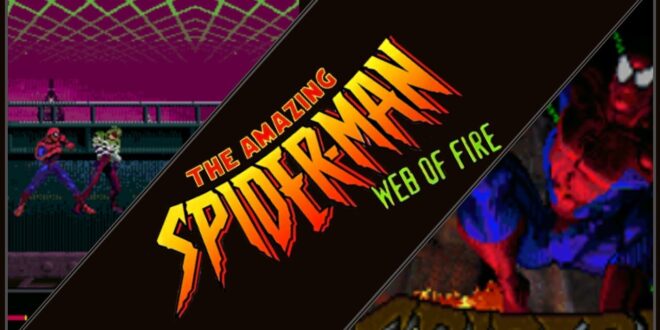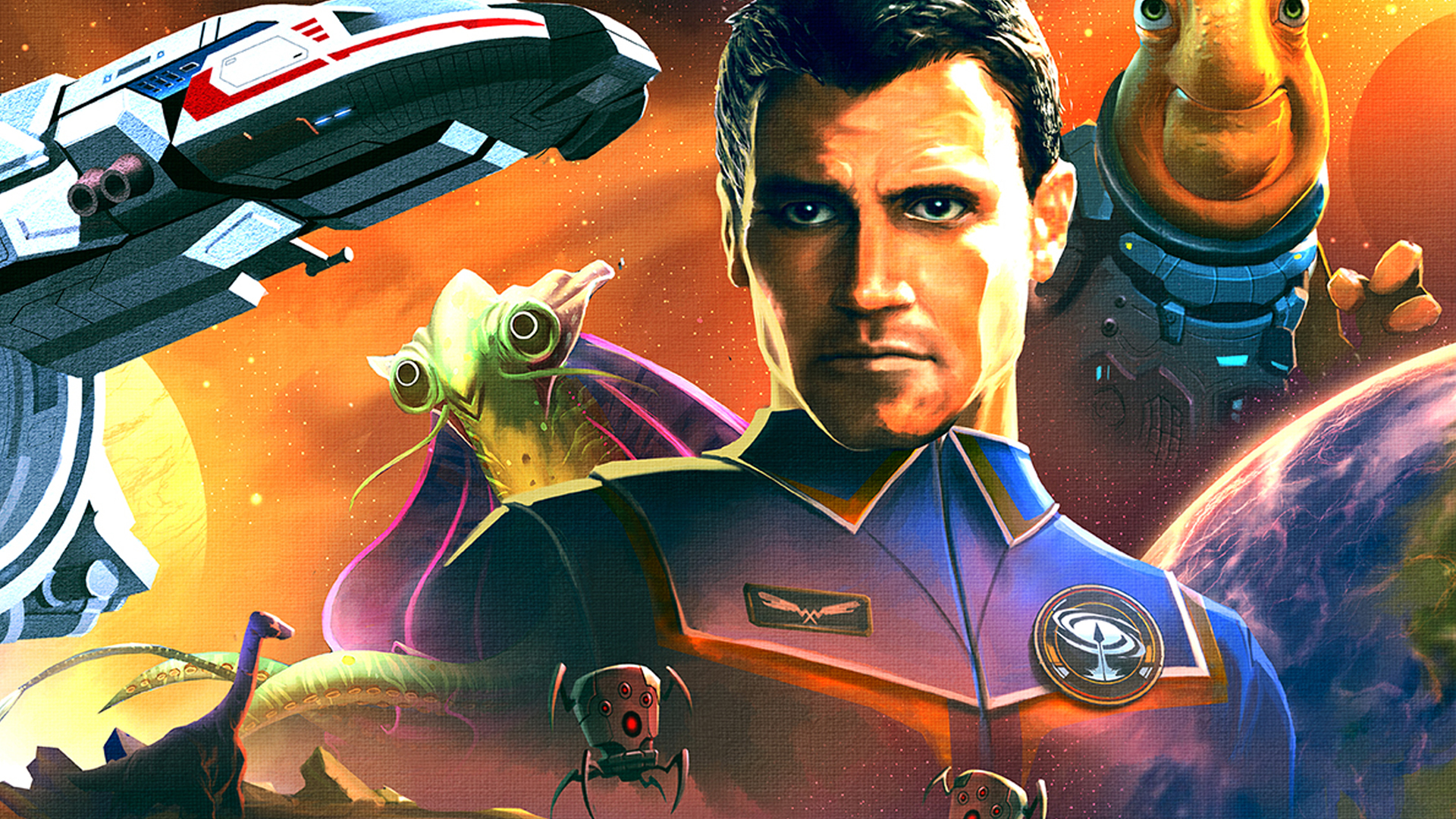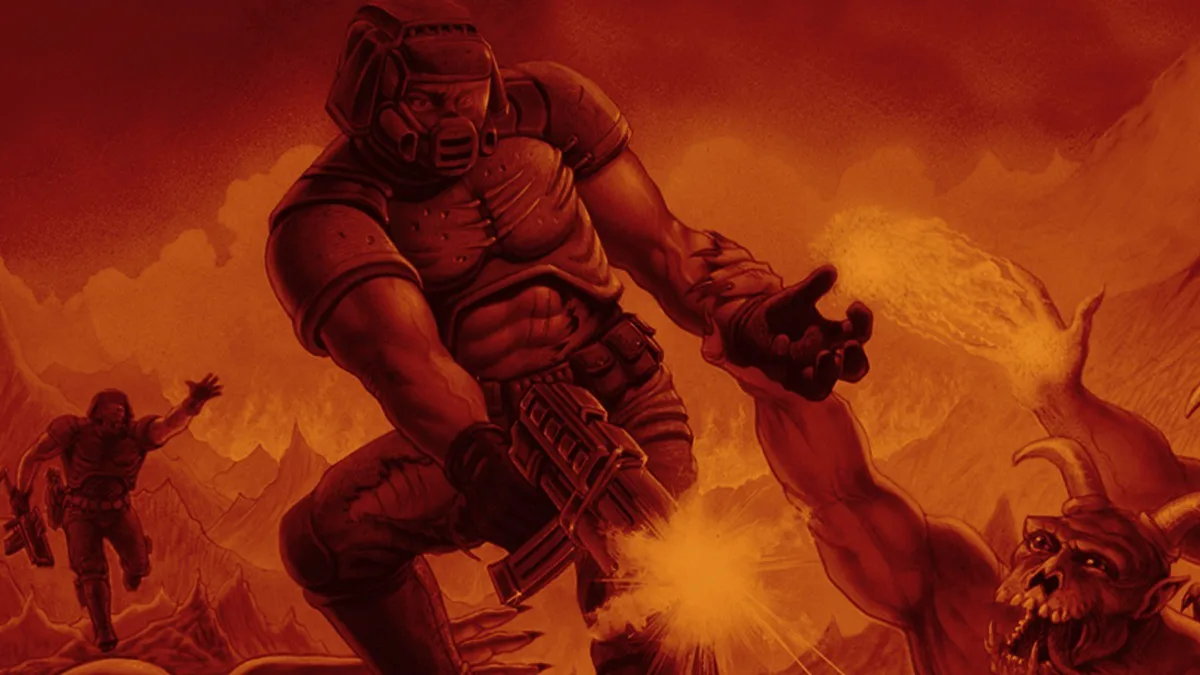Retro Review: Spider-Man: Web of Fire for the Sega 32X
(HEY YOU!! We hope you enjoy! We try not to run ads. So basically, this is a very expensive hobby running this site. Please consider joining us for updates, forums, and more. Network w/ us to make some cash or friends while retro gaming, and you can win some free retro games for posting. Okay, carry on 👍)
Spider-Man: Web of Fire, released for the Sega 32X in 1996, stands as one of the last titles for this ill-fated add-on to the Sega Genesis. Developed by BlueSky Software, the game attempted to leverage the enhanced graphical capabilities of the 32X to deliver a more immersive Spider-Man experience. Despite the developers’ efforts and the anticipation surrounding the game, my personal experience and the overall reception were underwhelming, to say the least. I found myself disliking virtually everything about the game, from its gameplay mechanics to its audio-visual execution.
Developer and Production Context
BlueSky Software, known for their work on Vectorman and other Genesis titles, faced the daunting task of squeezing out the potential of the 32X with Spider-Man: Web of Fire. The development period was rushed, a common issue with many 32X games as the platform was quickly losing support by the time of the game’s release. The game was one of the only 1,500 copies produced, making it a rare collector’s item today.
Graphics and Sound
One of the game’s few redeeming qualities was its graphics. The 32X allowed for an expanded color palette and improved sprite details, which BlueSky Software capitalized on to create visually striking cityscapes and character animations. Spider-Man and the various enemies he faces are well-rendered, with fluid animations that stood out against many other titles at the time.
The soundtrack, composed by Brian Coburn, attempted to capture the essence of a superheroic adventure with energetic, albeit repetitive, themes. While the music was one of the stronger points of the game, it couldn’t completely salvage the overall experience due to its repetitive nature and the lackluster sound effects that often felt out of sync with the on-screen action.
Gameplay
Gameplay in Spider-Man: Web of Fire is where things start to truly unravel. The player controls Spider-Man as he attempts to save New York City from an evil organization known as H.Y.D.R.A., which has enveloped the city in a “web of fire” using an extensive network of electrical generators. The gameplay involves navigating through six levels of side-scrolling action, battling various thugs and H.Y.D.R.A. agents, and culminating in boss fights that include well-known villains like the Vulture.
The controls are clunky, which makes precise movements and combat frustrating. Spider-Man’s web-slinging mechanics, a critical aspect of his character, feel particularly unresponsive and poorly implemented. Players often find themselves swinging into enemy attacks or missing jumps they feel should have been easy, leading to a trial-and-error approach that quickly drains the fun from the game.
Story and Narrative
The narrative of Web of Fire is straightforward and lacks depth. While simplicity isn’t inherently negative, the story is presented in a way that fails to engage. Cutscenes are minimal and don’t effectively convey the urgency or scale of the threat Spider-Man faces. The game opens with a brief overview of H.Y.D.R.A.’s plan and then thrusts the player into the action with little context or development, making the stakes feel inconsequential.
Community and Critical Reaction
At the time of its release, Spider-Man: Web of Fire received mixed to negative reviews. Critics cited its mediocre gameplay and lack of innovation as primary drawbacks. The Sega 32X’s dwindling user base also meant that the game went largely unnoticed by many gamers. In retrospect, members of the “Retro Replay” community have expressed similar sentiments. For instance, John Carter, a noted member, remarked:
“Despite being a visually appealing game for its time, Spider-Man: Web of Fire on the 32X fails to capture the thrill and agility of Spider-Man. It’s a classic case of style over substance.”
Replay Value
Given its frustrating gameplay mechanics and lackluster narrative, Spider-Man: Web of Fire has low replay value. The game does offer some variety in terms of level design and the challenge of mastering its awkward controls might appeal to some hardcore gamers or collectors interested in experiencing every facet of Spider-Man’s video game history.
Conclusion
Spider-Man: Web of Fire serves as a somber reminder of the challenges faced by developers working with the Sega 32X and the pitfalls of rushed game development. While it might hold some nostalgic value or appeal to collectors due to its rarity, it’s a game that can be skipped by those seeking a fulfilling Spider-Man experience. For more details or to explore community discussions, you might visit Sega-16 forums or check out detailed retrospectives on dedicated gaming history sites like MobyGames or the comprehensive Spider-Man game entries on Wikipedia.
source
 Retro Replay Retro Replay gaming reviews, news, emulation, geek stuff and more!
Retro Replay Retro Replay gaming reviews, news, emulation, geek stuff and more!





